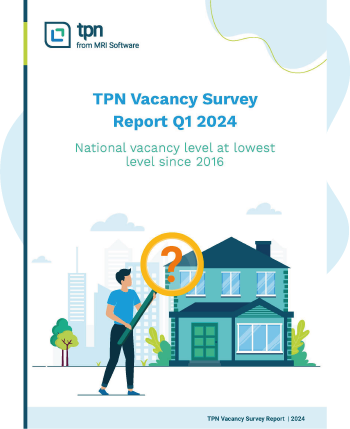Employers who fail to eliminate harassment are equally liable
Any discussion around workplace harassment is a difficult one. In an ideal world, an employee would never be placed in a situation where an allegation of harassment needs to be made. As these incidences do occur, it is imperative for employers to understand the steps required to stop this behaviour in its tracks.
When an allegation of harassment is made, an employer is obliged to consult all relevant parties and take the necessary steps to eliminate the alleged harassment. In terms of section 60 (3) of the Employment Equity Act 55 of 1998 (“EEA”), an employer may be held vicariously liable for the misconduct of an employee, if the employer failed to take the necessary steps to eliminate the harassment.
Employers who fail to take steps to eliminate harassment are equally liable. The new Code of Good Practice on the Prevention and Elimination of Harassment in the Workplace was introduced earlier this year (“Code”). The Code reinforces the notion of vicarious liability by warning employers that if they fail to take steps to eliminate the harassment timeously, they will be held liable for the actions of the alleged perpetrator.
Employers can avoid being held liable, but to do so will need to have a documented Harassment Policy in place that is compliant with the Employment Equality Act and the Code.
Click here to read the full article: ‘Stop workplace harassment dead in its tracks’
The TPN HR-Pack has been updated with a new Employer’s Policy on Prevention and Elimination of Harassment in the Workplace which complies with the EEA and the Code, making mitigating the risk of vicarious liability simple for HR-Pack subscribers. To download the document or to subscribe to the HR-Pack, click here.
TPN Vacancy Survey Report Q1 2024
Residential rental vacancies in South Africa have reached historic lows, with the national vacancy rate decreasing to 4.42% in the first quarter of 2024, the lowest level since 2016. This trend is driven by high interest rates making homeownership un…
